 October 3, 2024
by Berit DeGrandpre
Regulations
State and Local
Water
October 3, 2024
by Berit DeGrandpre
Regulations
State and Local
Water
The Supreme Court will hear a challenge to a pollution discharge permit issued by EPA under the Clean Water Act. The case raises questions of statutory interpretation, administrative, and environmental law that have been hot topics at the Supreme Court in recent terms.
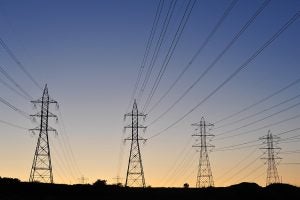 September 26, 2024
by Aidan Bassett
Energy
September 26, 2024
by Aidan Bassett
Energy
To address the transmission interconnection queue, regulators should have new powers, a modern study process, and a central role in planning the future of transmission.
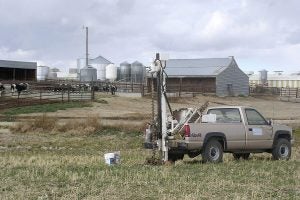 September 19, 2024
by Zak Handler
Agriculture
Climate change
September 19, 2024
by Zak Handler
Agriculture
Climate change
Diet and food production, especially of meat, has a large impact on climate change. The U.S. Dietary Guidelines should be used to help deal with the climate consequences of diet.
 April 17, 2024
by John Powers
Chemicals
Regulations
Water
April 17, 2024
by John Powers
Chemicals
Regulations
Water
EPA has been working quickly to regulate PFAS across the United States. The National Primary Drinking Water Regulation for PFAS is now finalized, and more final rules are right around the corner.
 April 17, 2024
by Jesse Valente
Climate change
Sustainability
April 17, 2024
by Jesse Valente
Climate change
Sustainability
Over the past few years, the SEC has been driven by its focus on climate and a crypto crackdown. This article explores where these two priorities may conflict.
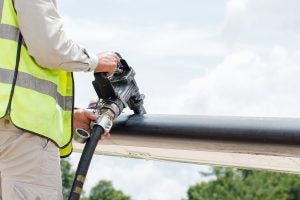 April 12, 2024
by Christopher Slama
Air
Chemicals
Climate change
Regulations
April 12, 2024
by Christopher Slama
Air
Chemicals
Climate change
Regulations
Late last year, the EPA issued a formal Endangerment Finding, the first step in almost thirty years toward reducing the largest source of lead in the atmosphere. What took so long?
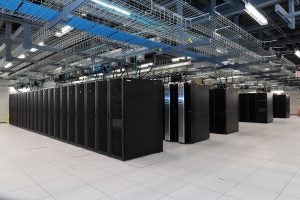 April 9, 2024
by Andrew Lloyd Bellah
Climate change
Regulations
April 9, 2024
by Andrew Lloyd Bellah
Climate change
Regulations
The Board of Governors of the Federal Reserve System published new changes to Regulation HH pertaining to systemically-important Financial Market Utilities (FMUs) that clear and settle large-scale transactions between banks and other financial institutions in the United States. In this blog post, GELR Senior Editor Andrew Bellah highlights new operational risk management requirements for FMUs in Regulation HH that have become relevant due to emergent threats arising from climate change. While the amendments to Regulation HH don't explicitly mention climate change, their emphasis on the risk of severe weather and other tail-end scenarios denotes the seriousness of preparing critical financial market infrastructure for a warming world.
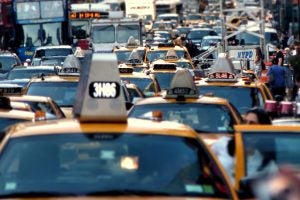 April 8, 2024
by Jack Hatzimemos
Air
Regulations
State and Local
April 8, 2024
by Jack Hatzimemos
Air
Regulations
State and Local
After years of years of roadblocks and anticipation, New York City is scheduled to introduce its controversial Congestion Pricing toll in June. The congestion toll, which will charge drivers of standard vehicles $15 to enter parts of lower Manhattan, aims to reduce traffic build up and air pollution in the city. However, the toll has been met with tremendous scrutiny, particularly on the true environmental impact of the project.
 April 4, 2024
by Can Cao
Climate change
Energy
International
Natural Resources
Oil and Gas
Renewable Energy
April 4, 2024
by Can Cao
Climate change
Energy
International
Natural Resources
Oil and Gas
Renewable Energy
This article explores the Middle East's shift away from oil dependence towards renewable energies, highlighting how this energy transition has resulted in regional collaboration, economic diversification, and global implications.
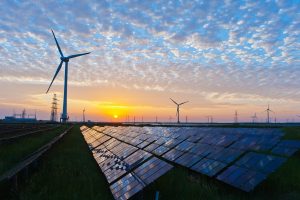 April 2, 2024
by Aidan Bassett
Energy
Renewable Energy
April 2, 2024
by Aidan Bassett
Energy
Renewable Energy
To deploy renewables and meet its climate targets, the U.S. will need new transmission and grid-enhancing technologies to get the most from its existing power infrastructure.










